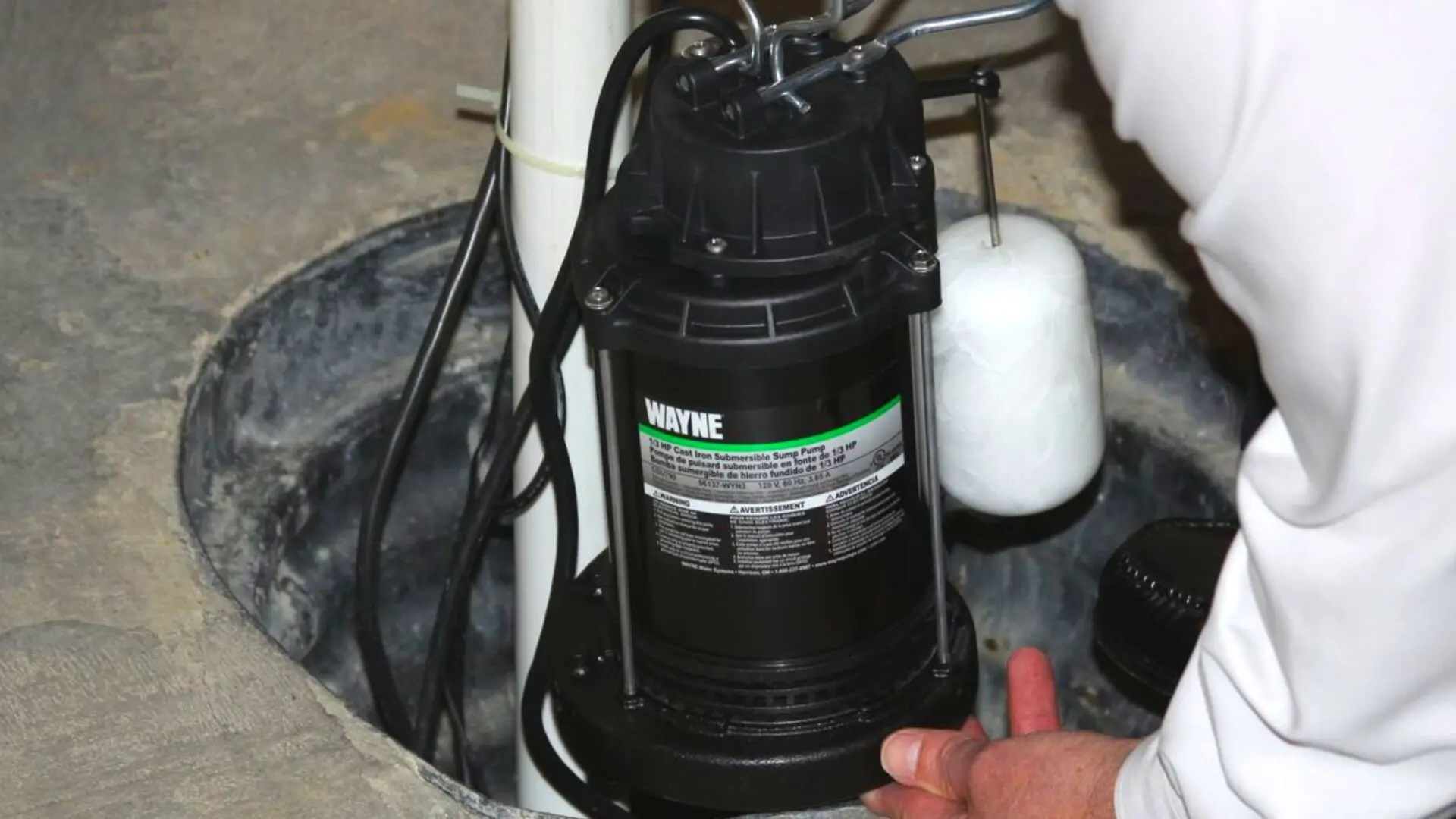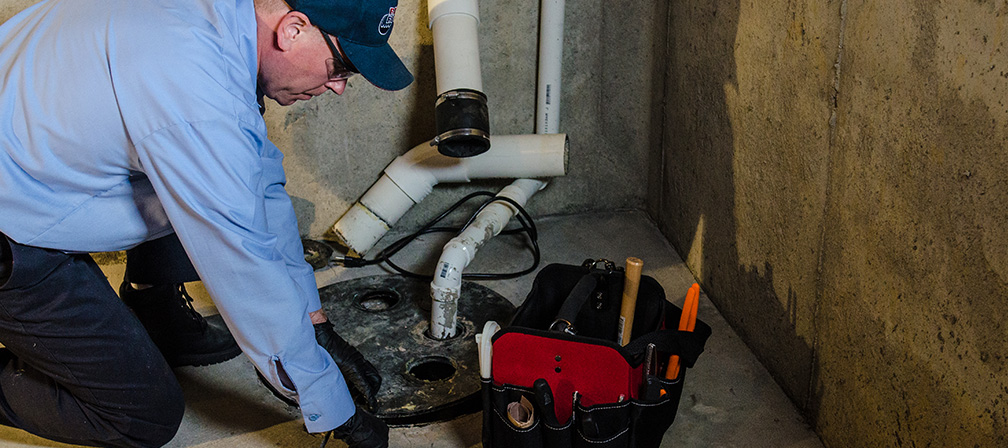What are your concepts about How to Care for Your Sump Pump?

Sump pumps are essential parts in several homes, specifically in areas susceptible to flooding or excessive dampness. They assist prevent water damage by successfully getting rid of excess water from cellars or crawl spaces. Nonetheless, like any other device, sump pumps require regular upkeep to guarantee they operate successfully when required one of the most. Cleaning your sump pump is an essential part of its upkeep, and comprehending exactly how to do it appropriately can conserve you from pricey repairs and potential disasters.
Intro
Keeping a tidy sump pump is crucial for its appropriate performance and longevity. Overlooking this necessary job can bring about obstructions, malfunctions, and eventually, water damage to your property. Consequently, learning just how to clean a sump pump is important for home owners who count on these devices to keep their cellars completely dry and safeguarded.
Signs of a Dirty Sump Pump
Knowing when your sump pump needs cleansing is vital for stopping possible malfunctions. Some usual indications that suggest an unclean sump pump consist of unusual sounds during procedure, minimized water flow, and visible particles in the pit. If you see any of these symptoms, it's essential to clean your sump pump without delay to avoid any additional issues.
Planning for Cleaning
Prior to you start cleaning your sump pump, it's important to take some safety preventative measures. Start by shutting off the power to the pump to stay clear of any kind of electrical mishaps. Additionally, use appropriate protective equipment, such as handwear covers and safety glasses, to safeguard on your own from dirt, particles, and prospective pathogens.
Understanding the Sump Pump
Prior to diving right into the cleansing procedure, it's vital to have a fundamental understanding of just how a sump pump works. Typically set up in a pit or container below the cellar flooring, a sump pump contains numerous essential parts, including a pump, a float switch, and a discharge pipeline. When water accumulates in the pit, the float button triggers the pump, which then pumps the water out through the discharge pipe, far from the building's structure.
Step-by-step Overview to Cleaning Up a Sump Pump
Shutting Off the Power
Begin by separating the power supply to the sump pump to prevent any kind of accidents while cleansing.
Looking For Proper Performance
Prior to reinstalling the pump, execute a quick examination to guarantee that the float button triggers the pump properly. Put some water right into the sump pit and observe the pump's operation. If every little thing is functioning properly, you can reconstruct the pump and reconnect the power supply.
Getting Rid Of Particles and Dust
Make use of a container or an inside story to remove any noticeable debris, dirt, or debris from the sump pit. Dispose of the debris properly to stop it from clogging the pump or the discharge pipeline.
Cleansing the Pump and Float Switch
Once the pit is clear of particles, carefully remove the pump from the pit. Examine the pump and the float switch for any kind of indications of damages or wear. Utilize a soft brush or towel to clean up the surface areas and remove any type of built up crud.
Purging the System
After cleansing the pump and float button, purge the sump pit with tidy water to eliminate any type of staying dirt or debris. This will certainly help ensure that the pump operates smoothly and successfully.
Upkeep Tips to Keep Your Sump Pump Clean
In addition to routine cleaning, there are a number of maintenance ideas you can comply with to keep your sump pump in ideal problem:
- Normal Inspection: Check your sump pump consistently for any signs of wear, damages, or blockages.
- Maintaining the Surrounding Area Clean: Make Certain that the location around the sump pit is free of debris, dust, and blockages.
- Checking the Pump Periodically: Examine your sump pump periodically by pouring water into the pit and observing its operation. This will assist you recognize any kind of possible problems prior to they rise.
Verdict
Cleaning your sump pump is an essential element of its upkeep and guarantees that it runs effectively when you require it the most. By adhering to the steps outlined in this overview and incorporating routine maintenance right into your routine, you can expand the life-span of your sump pump and shield your home from water damage.
6 STEPS ON HOW TO CLEAN A SUMP PUMP PROPERLY
UNDERSTANDING SUMP PUMPS
Your sump pump plays a crucial role in protecting your home by managing and removing excess water. It primarily functions as a “shield”, guarding your basement against the damaging effects of water accumulation. The pump is housed in a sump pit in the lowest part of your basement, and its job is to pump out any water that collects there.
During heavy rainfalls or when snow melts rapidly, water can infiltrate your basement, posing potential risks like flooding, structural damage, and harmful mold growth. Here, the sump pump springs into action, pumping out the intruding water and directing it away from your home.
SAFETY FIRST
Before cleaning, remember to prioritize safety. Disconnect the sump pump from the power source to prevent any accidental electric shocks. Also, wear sturdy gloves to protect your hands from any sharp or dirty components within the pump.
REMOVE THE SUMP PUMP
After ensuring your safety, the next step is to remove the sump pump from its pit. Doing this might require careful maneuvering as you don’t want to damage any pump components. Once removed, clean the sump pit to remove any accumulated debris or sludge.
INSPECT THE PUMP
Inspect the pump for any visible signs of wear or damage. Check the power cord, float switch, and impeller housing. If any components look worn out or damaged, consider replacing them to ensure optimal performance.
CLEAN THE PUMP
Thoroughly clean the pump with warm, soapy water. Make sure to rid it of any dirt, gravel, or other debris that might impede its performance. You can use a toothbrush to clean the small, hard-to-reach parts of the pump.
REINSTALL THE SUMP PUMP
- Reinstall the pump into the sump pit
- Make sure it’s positioned correctly to remove the water effectively
- Once it’s back in place, reconnect it to the power source
TEST THE PUMP
Finally, pour some water into the pit to ensure the pump works correctly. It should start automatically and begin pumping out the water; if it doesn’t, check the power source and the positioning of the pump.
Remember, while cleaning your sump pump is an essential part of home maintenance, hiring a professional plumber for a thorough inspection and cleaning at least once a year is also important. This will ensure that your pump is in optimal condition, ready to protect your home from potential water damage.
BEST PRACTICES FOR CLEANING SUMP PUMP DISCHARGE PIPES
- Regular Inspection: Regularly inspect your discharge pipes, especially during heavy rainfall or snowmelt periods. Look for any signs of blockage or damage. Early detection of problems can prevent serious issues down the line.
- Periodic Cleaning: Over time, sediment and debris can accumulate in the discharge pipes, impeding the flow of water. Regular cleaning helps keep the pipes clear and functioning efficiently. You can use a high-pressure water jet to effectively clean the pipes.
- Insulation During Winter: In colder climates, discharge pipes can freeze, blocking the outflow of water. Protect your discharge pipes from freezing temperatures by insulating them with foam pipe insulation. This will ensure the sump pump can continue to discharge water even in freezing conditions.
- Proper Positioning: The discharge pipe should be positioned to direct water away from your home’s foundation. Improper positioning can lead to water seeping back into the basement. Ensure the pipe is long enough and angled correctly.
- Installation of a Check Valve: A check valve prevents water from flowing back into your sump pit after the pump has pushed it out. Installing a check valve helps maintain the efficiency of your sump pump and reduces the risk of flooding.
- Minimize Pipe Turns: Every curve or turn in the discharge pipe can decrease the efficiency of water flow. By minimizing turns and bends in your discharge pipe, you can increase the efficiency of your sump pump.
https://www.fullspeedplumbing.com/how-to-clean-a-sump-pump-properly9999/

I hope you liked our piece on Cleaning & Maintenance Tips for Your Home's Sump Pump. Thank you for taking time to read through our blog post. Enjoyed our blog posting? Please quickly share it. Help another person discover it. We cherish reading our article about Steps to Cleaning Your Sump Pump Properly.
This Post
Comments on “Trusted Methods for Servicing a Sump Pump”